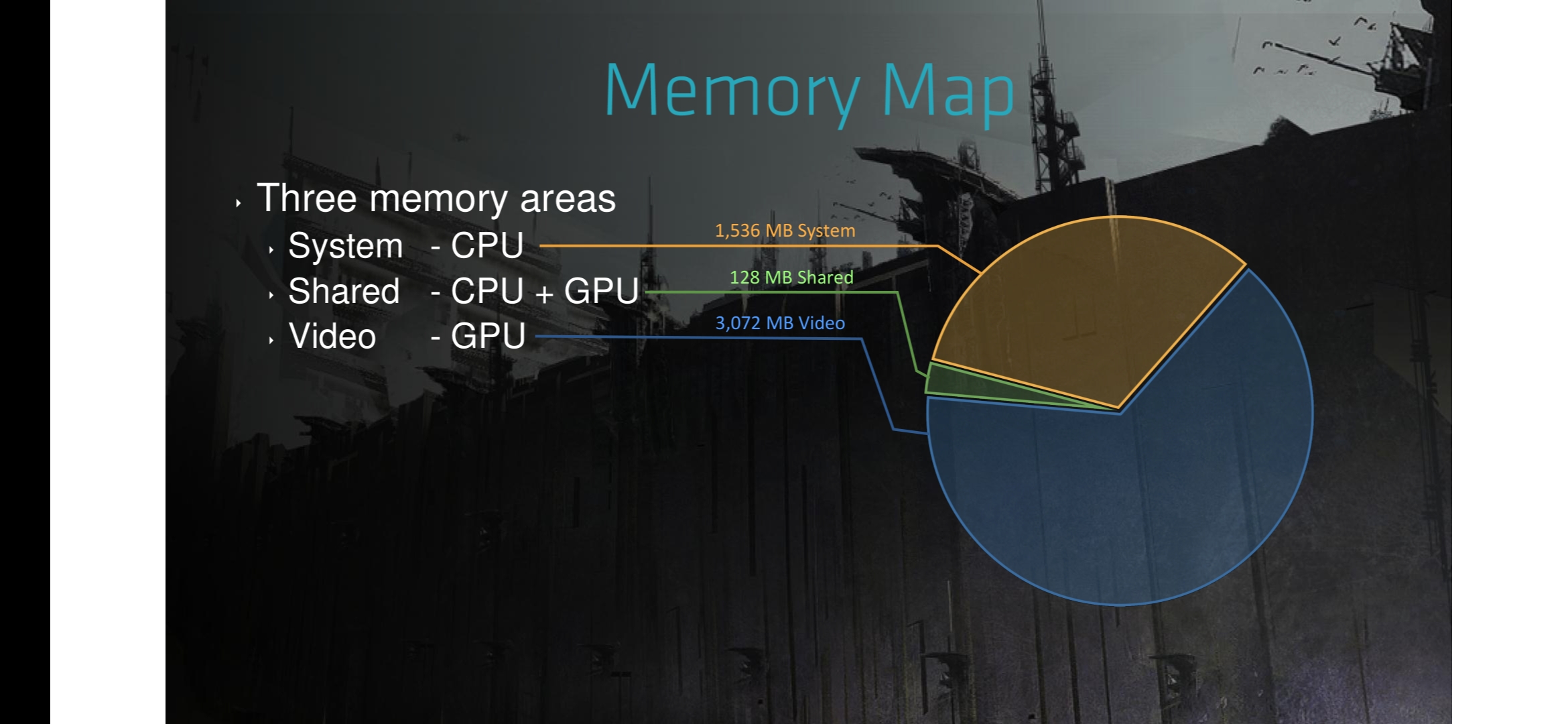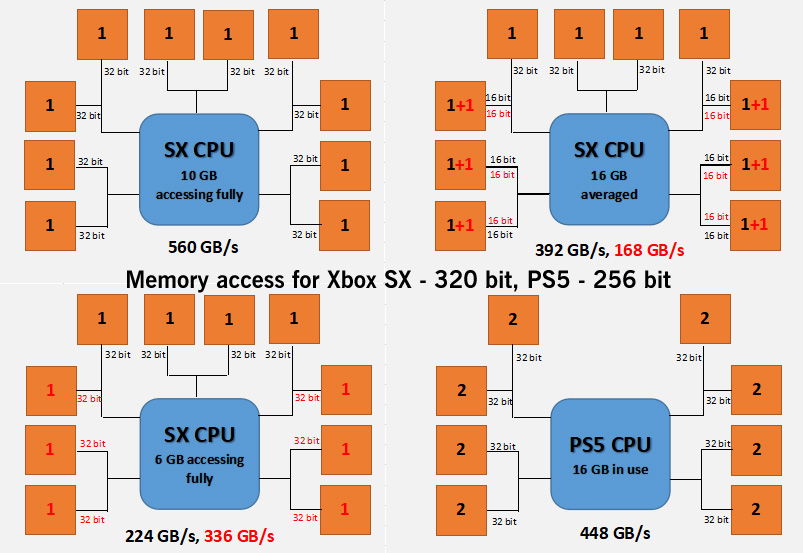No the only propaganda is tflops = performance. Yes, it's an indicator, but not a very good one when each APU is heavily customized. No one ever judges graphics cards on tflops, it's just you console gamers that are new to the game that do this.
Of course it's the narrative. Both consoles share the same GPU architecture so it's logically to compare their output performance on this base. GPU remains the main factor to render a game. We know from RDNA 1.0 that you need to overclock your frequency by around 20% to compensate 10% CU difference. Their are plenty of comparisons on web. Best example is a overclocked 5700 vs. stock 5700 XT. Now we are talking RDNA 2.0. And main focus is AI. It's "only" an evolution of RDNA 1.0, but let's assume it's a generational leap and performs around 10% better than RNDA 1.0. In GPU world 10% higher performance per clock is a huge leap. Even if you consider this best case GPU evolution, the Xbox Series X output performance ramains around 20-25% higher than PS5. Assuming PS5 can mantain 2,23 GHz all the time. Which I doubt, but with a very good thermal design 2-2,1 Ghz should be possible.
So, that's all we know based on the known technology aspects. That's a good advantage by Xbox Series X but both performs have a lot of processing power and in comparison to last gen launch these are really powerful machines. Last time we got this kind of power in relation to the technolgy standard was with Xbox 360. Biggest leap of PS4 and Xbox One was the architecture leap, not the raw performance.
So, speculation goes mostly around the SSD and yes, it's all speculation. You can't compare exactly to a PC with plently of RAM, because RAM is still faster. The only game I know, which takes advantage from SSD ist Star Citizen. In fact the game requires you to run on a SSD. And even with a SSD which is 1/5 of the speed of Xbox Series X we are getting impressive results. Both machines have very fast SSD and there is not a single one game today, which could be representative for what may possible with such capabilities.
It's nothing more than speculation and I doubt we are going to see this evolutionary leap of SSDs before end of the next year. This is also more or less the point, were Microsoft is going to say good bye to cross releases with Xbox One. I'm pretty confident, that Sony is going to make out the best of their fast SSD. At least Guerilla Games are going to show us some magic. How this magic could look like is up to the stars. On multiplatform things are getting a bit more complicated, SSDs are only becoming slowly standard on PC. This should change with the new consoles, HDDs now should definitly die for gaming. Meanwhile I expect games to need 16-32 GB of RAM to compensate and buffer the content which on consoles simply can be streamed into the GDDR. I am very excited to see what solutions the engine developers will come up with.
However, I guess it will take a few years until we really see the potential of NVMe. At this point the GPU performance of the consoles will be outdated and both platforms will run at their graphical limits. That's Okay, that's why we got PS4 Pro and Xbox One X. I highly suspect, that Sony will go for the same NVMe in their "PS5 Pro" - if we are going to see such a console. From this point their system is really designed for the future of gaming. Meanwhile I expect Microsoft either to upgrade their SSD or make a step back. This will depend on the state of streaming. But I don't expect streaming to overcome consoles in the next 2-3 years. So let's be excited for the new consoles and the generational leap.




